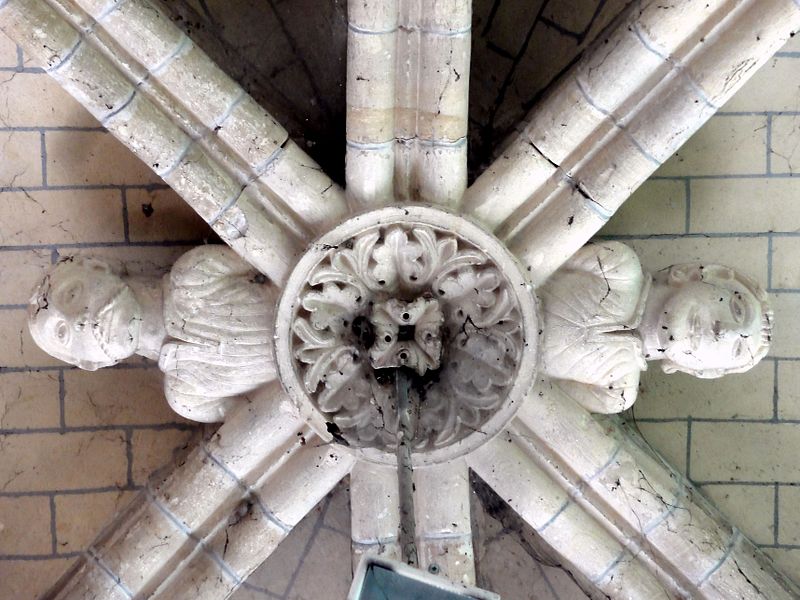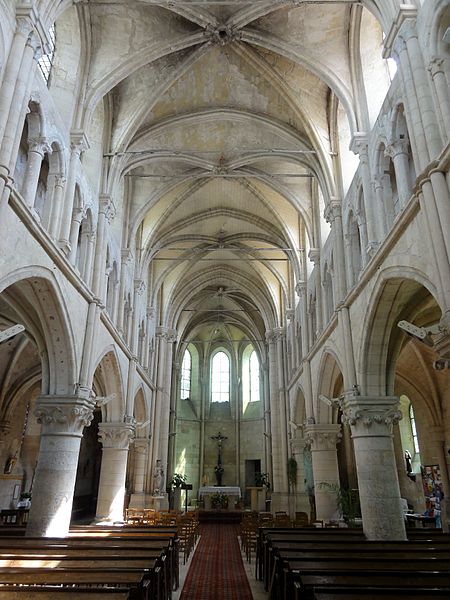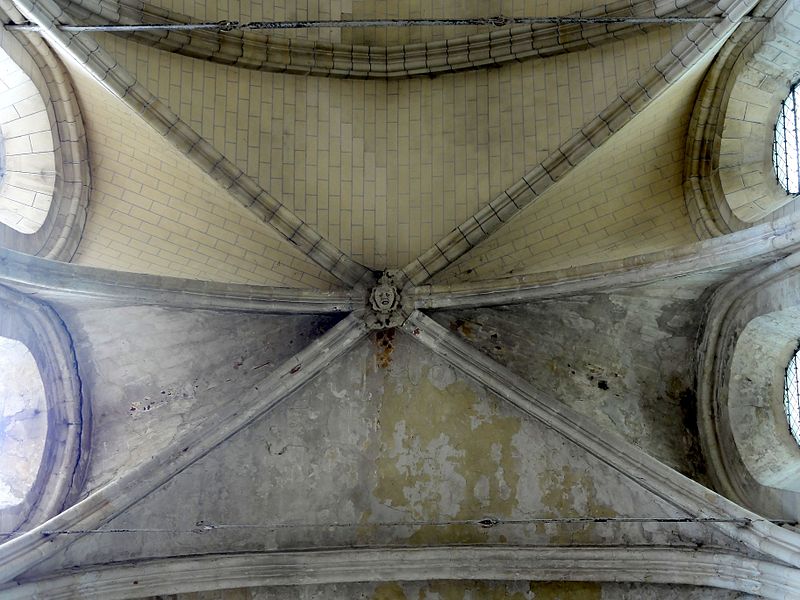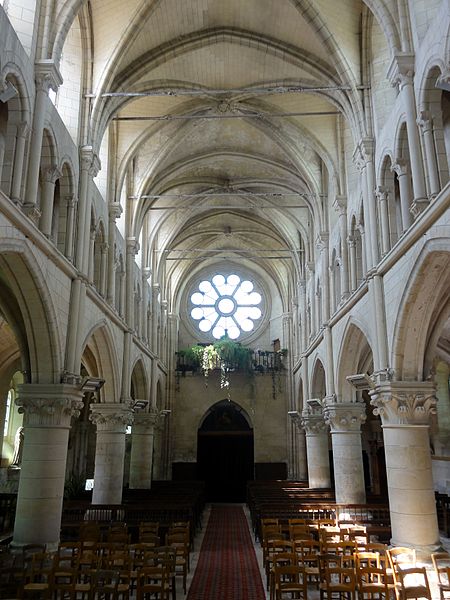Saint-Symphorien Church, Nesles-la-Vallée
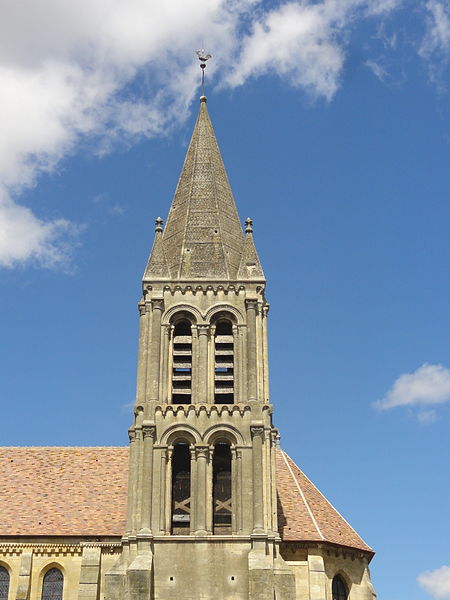
Facts and practical information
Saint-Symphorien Church is a Catholic parish church located in Nesles-la-Vallée, France.
It is one of the rural churches of the second half of the 12th century strongly influenced by the first Gothic cathedrals. Of a rare homogeneity, it was built during a unique and short construction campaign between 1185 and 1200 approximately. Only the Romanesque bell tower is older; built around 1130 / 1140 when the previous church still existed, it was noticed by Eugène Viollet-le-Duc for its harmonious proportions and its skillful ornamentation. Inside, the nave has a three-story elevation with a real triforium, and the sexpartite vaults allow for abundant lighting. Normally, simple cross vaults are sufficient in small churches, and the application of this more complex type of vaulting in the church of Saint-Symphorien has raised questions. But the documents that would have allowed us to trace the history of the parish and the church are lost, and all that can be said is that it bears witness to the prosperity of the village in the middle of the 12th century and to the faith of its inhabitants, who themselves took the initiative to build a new church. The choir is the last part built and its elevation is only two levels. In its simplicity, it offers a balanced composition. Chapels flank it to the north and south, but there is no transept. Apart from the richly decorated bell tower, the exterior of the church is less interesting than the interior, but the unfortunately mutilated western portal is often cited as an example of its purity of style. The church of Saint-Symphorien has passed through the ages without suffering notable war damage. Its interest was recognized early on by Viollet-le-Duc and his students, and it was classified as a historical monument in 1862. But its poor condition delayed the beginning of the restoration, and the State withdrew in 1879 by declassifying it, except for the bell tower. The restoration begins nevertheless some time later. Directed by a local architect, it was criticized for its too radical approach and the lack of respect for the authenticity of the building. The bell tower and the two western bays were restored in a happier way, and the church could be listed again in 1910. Today it is the center of a large parish covering the eastern part of the French Vexin plateau.
Saint-Symphorien Church – popular in the area (distance from the attraction)
Nearby attractions include: Musée MTVS, Parmain, Auberge Ravoux, Château d'Auvers sur Oise.



